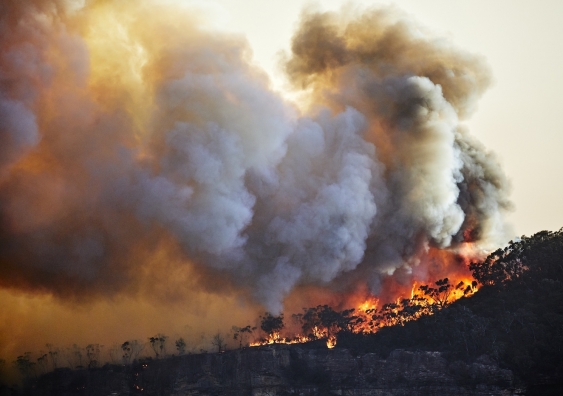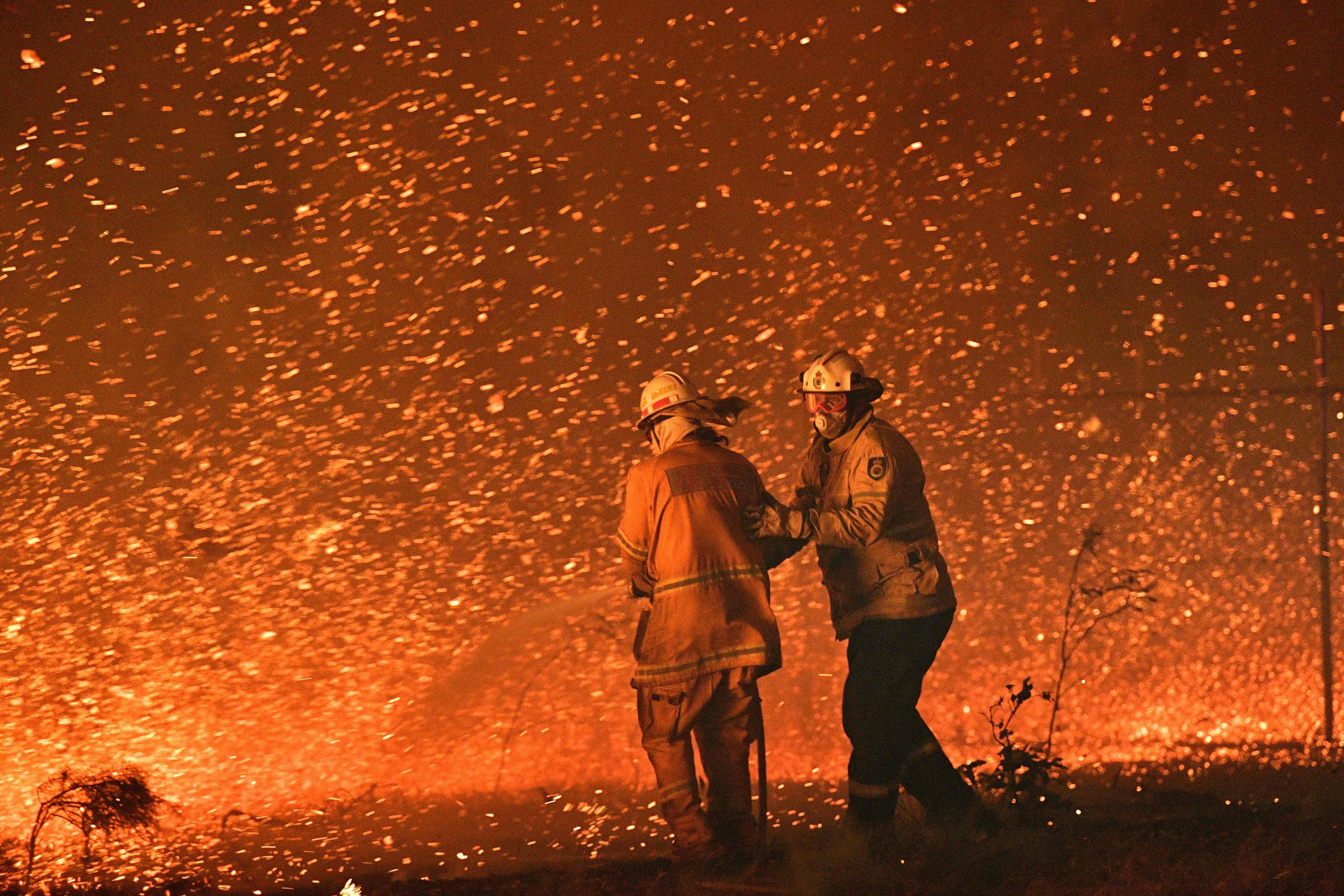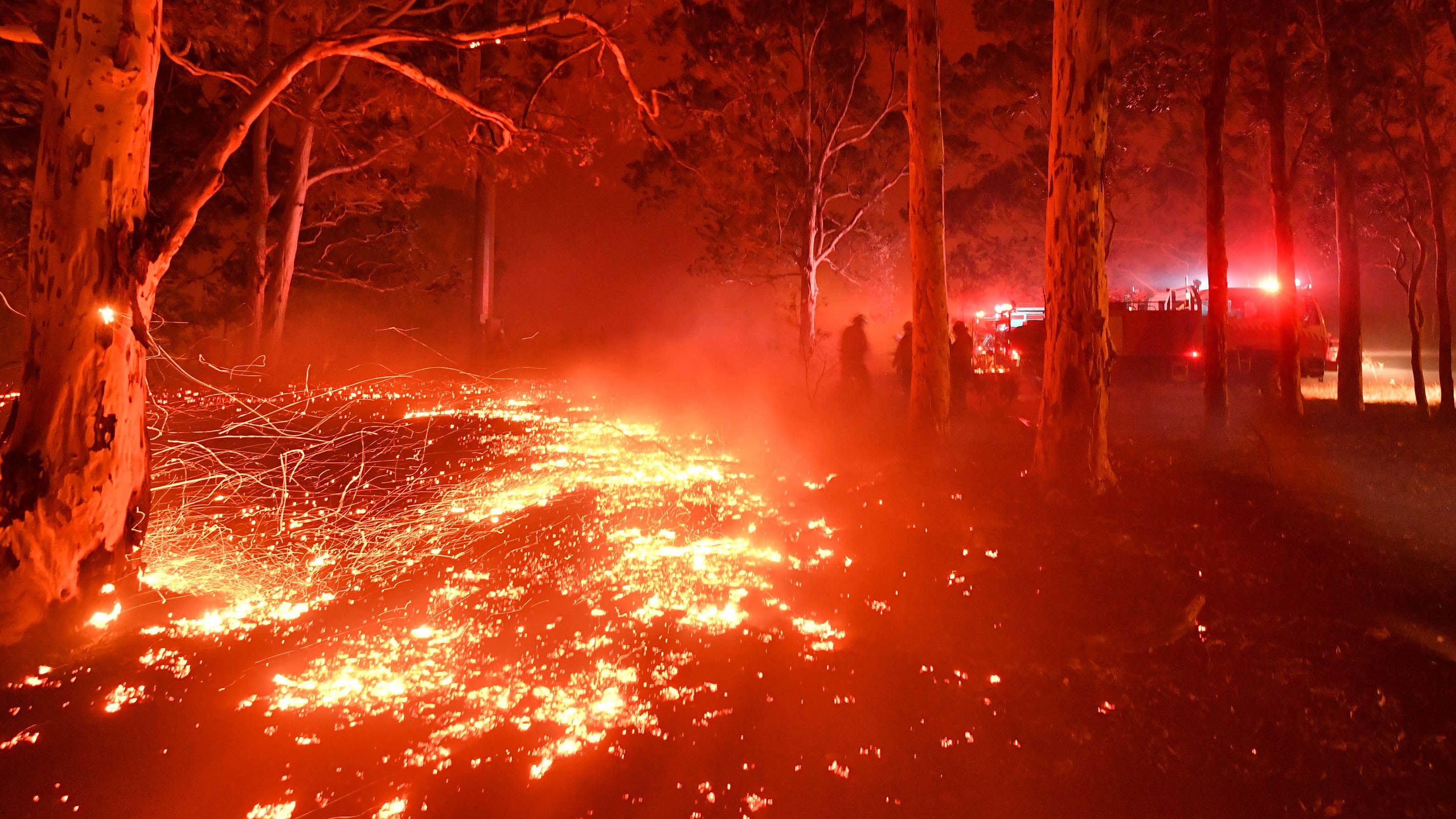Expert Insights: Why Every Property Owner Needs a Comprehensive BAL Report
Expert Insights: Why Every Property Owner Needs a Comprehensive BAL Report
Blog Article
Exactly How BAL Report Impacts Shrub Fire Defense Procedures
In the realm of bush fire protection, the Building Assault Degree (BAL) record stands as an important device that considerably affects the safety and strength of buildings in fire-prone areas - BAL Report. The influence of a BAL assessment extends much beyond mere documentation; it works as the foundation for determining the ideal building criteria and fire defense procedures needed to minimize the dangers presented by bushfires. As communities grapple with significantly serious fire seasons, understanding how the BAL record shapes these protective procedures comes to be paramount for home builders, house owners, and policymakers alike
Comprehending the Bushfire Strike Level

Importance of BAL Report Evaluation

Moreover, the BAL report analysis works as a foundational action in conforming with lawful responsibilities and needs associated with bushfire security. Regional councils and authorities frequently mandate the entry of a BAL record as part of the planning and structure authorization process to guarantee that properties are adequately secured versus bushfire dangers. Failing to carry out a complete BAL record assessment can cause inadequate defense measures, leaving buildings vulnerable to devastating bushfire incidents.
Building And Construction Criteria Based on BAL
A thorough understanding of the Bushfire Strike Level (BAL) allows residential property owners to carry out building criteria customized to their specific danger account. Building criteria based on BAL are important in reducing the impact of bushfires on homes. The BAL score categorizes the possible threat a property faces throughout a bushfire on a scale from BAL-Low to BAL-FZ (Fire Area)
Applying Fire Protection Measures
With the foundation of building and construction requirements based on Bushfire Attack Degree (BAL) in location, the emphasis currently shifts towards the functional check my reference implementation of fire protection procedures to fortify homes versus bushfire threats. Passive steps consist of making use of fireproof structure products, installing ash guards on vents, securing voids in roofing systems and walls, and keeping a clear space around the residential property cost-free from combustible plant life. By incorporating both passive and active methods, residential or commercial properties can dramatically minimize their susceptability to bushfire events and enhance the security of owners.
Shielding Homes Against Bushfires
Successfully securing homes versus the devastating impacts of bushfires needs a positive and thorough method to fire security procedures. In addition, securing vents and voids to stop ember breach, as well as integrating fireproof doors and home windows, can assist strengthen the home's defense against bushfires. By embracing an aggressive stance and incorporating these protective measures, house owners can considerably increase their go to my blog chances of securing their homes against bushfires.
Verdict
Finally, the Bushfire Strike Degree (BAL) report plays a vital role in determining the essential protection procedures versus bushfires. By evaluating the BAL, construction requirements can be customized to alleviate the dangers and ensure the security of homes in fire-prone areas. Carrying out fire defense actions based upon the BAL report is vital in safeguarding residential properties from possible bushfire dangers. It is important for house owners to prioritize BAL assessments and comply with suggested building standards to improve bushfire strength.
In assessing bushfire threat to homes, understanding the Bushfire Attack Degree (BAL) is an important component for applying efficient defense actions. Overall, a clear understanding of the Bushfire Attack Level is crucial for applying adequate protection measures and minimizing the effect of bushfires on residential or commercial properties.

Report this page